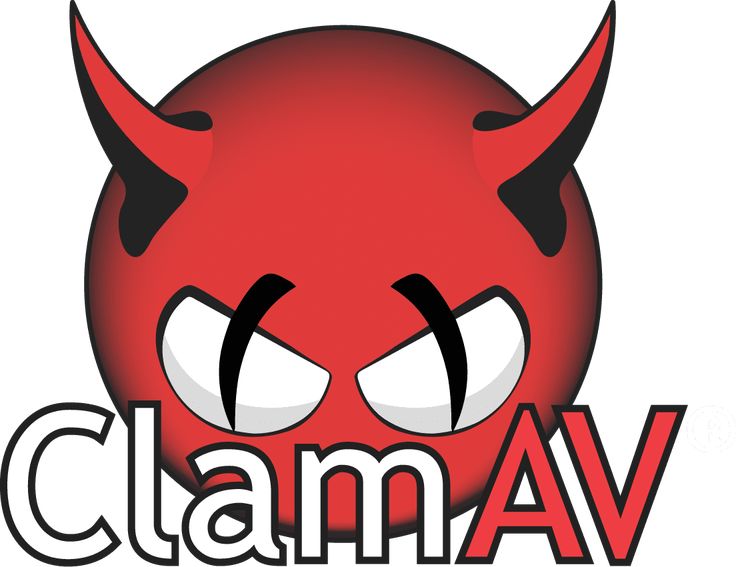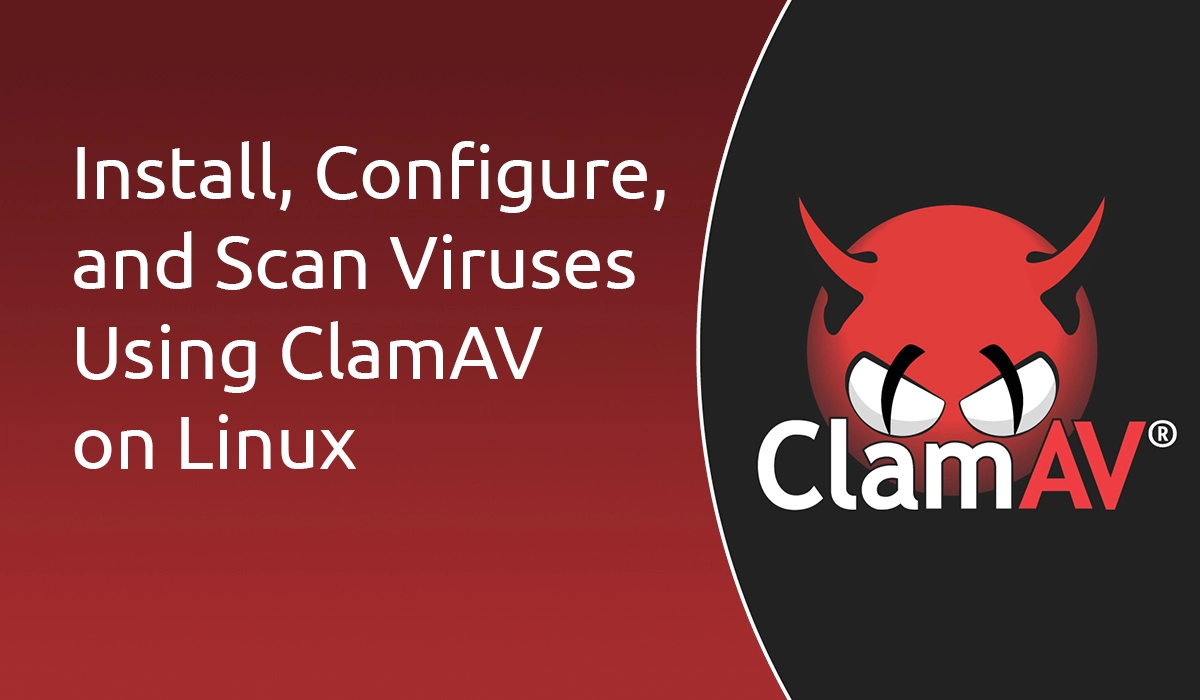ClamAV stands as a powerful, open-source antivirus solution, offering comprehensive protection against a wide range of malware threats. Its versatility and adaptability make it a popular choice for individuals and organizations seeking reliable security.
Table of Contents
ClamAV’s strength lies in its ability to detect and neutralize viruses, trojans, worms, and other malicious software. Its architecture, composed of a signature database, scanning engine, and update mechanism, ensures continuous vigilance against evolving threats. The project’s open-source nature fosters community collaboration, leading to constant improvements and updates.
Scanning and Quarantine

ClamAV offers a robust set of features to protect your system from malicious software. At the core of its operation are its scanning and quarantine mechanisms. These work together to identify, isolate, and potentially remove threats, ensuring your system remains safe.
Scanning Modes
ClamAV offers several scanning modes, each tailored to different use cases and levels of protection.
- On-Demand Scanning: This mode allows you to manually initiate a scan of specific files, folders, or your entire system. This is useful for quick checks or when you suspect a file might be infected.
- Real-Time Scanning: This mode continuously monitors your system for suspicious activity, scanning files as they are accessed, created, or modified. It provides a higher level of protection by catching threats as they attempt to infect your system.
- Scheduled Scanning: ClamAV allows you to configure scheduled scans to run automatically at regular intervals, ensuring your system is regularly checked for threats.
Actions on Infected Files
When ClamAV encounters an infected file, it takes appropriate actions to neutralize the threat.
- Quarantine: This involves moving the infected file to a secure location, preventing it from causing harm to your system. This is the default action in most cases, allowing you to review the quarantined file and decide on further action.
- Deletion: ClamAV can be configured to automatically delete infected files, removing the threat permanently. This option is generally reserved for highly malicious files that pose a significant risk.
- Other Actions: ClamAV offers additional options like reporting the infection to a central server or triggering a specific action based on the detected threat.
Quarantine Strategies
Quarantine strategies are a crucial aspect of ClamAV’s security measures, balancing protection with user convenience.
| Quarantine Strategy | Advantages | Disadvantages |
|---|---|---|
| Default Quarantine Folder: The infected file is moved to a designated quarantine folder. | Simple and easy to implement, provides a central location for quarantined files. | Potential for accidental access or accidental deletion of quarantined files. |
| Encrypted Quarantine: The infected file is encrypted before being quarantined. | Increased security, preventing unauthorized access to quarantined files. | Requires a password or decryption key to access quarantined files. |
| Cloud Quarantine: The infected file is uploaded to a remote server for quarantine. | Centralized management, reduces the risk of local storage issues. | Requires a network connection and may raise privacy concerns. |
Performance and Optimization

ClamAV’s performance can be crucial for maintaining the security of your system, especially when dealing with large volumes of data. This section explores the factors influencing ClamAV’s performance and provides tips for optimizing its efficiency.
Factors Influencing ClamAV Performance
ClamAV’s performance is influenced by several factors, including the CPU usage, memory consumption, and the size of the dataset being scanned.
- CPU Usage: ClamAV’s scanning process is computationally intensive, relying heavily on the CPU. A higher CPU core count and clock speed can significantly improve ClamAV’s scanning speed.
- Memory Consumption: ClamAV requires sufficient memory to store virus signatures and perform its scanning operations. Insufficient memory can lead to slower scanning speeds and potential performance issues.
- Dataset Size: The size of the dataset being scanned directly impacts ClamAV’s performance. Larger datasets require more time to scan, especially if they contain many files.
Optimizing ClamAV Performance
Several strategies can be implemented to optimize ClamAV’s performance:
- Optimize ClamAV Configuration: Configure ClamAV to prioritize speed over accuracy, by adjusting parameters like the number of threads used for scanning and the frequency of signature updates.
- Allocate Sufficient Resources: Ensure that ClamAV has access to sufficient CPU and memory resources. Consider allocating more CPU cores and increasing the available memory if necessary.
- Use a Faster Storage Device: Scanning files from a faster storage device, such as an SSD, can significantly improve ClamAV’s performance.
- Exclude Unnecessary Directories: Exclude directories from ClamAV’s scans that are unlikely to contain malware, such as system directories or user directories with sensitive data.
- Use a Faster Network Connection: If ClamAV is downloading signature updates over the network, a faster network connection can improve the update process.
Performance Benchmarks, Clamav
The following table provides estimated performance benchmarks for ClamAV on different hardware configurations:
| Hardware Configuration | Estimated Scan Speed (MB/s) |
|---|---|
| Single-core CPU, 2 GB RAM, HDD | 10-20 MB/s |
| Quad-core CPU, 8 GB RAM, SSD | 50-100 MB/s |
| 8-core CPU, 16 GB RAM, NVMe SSD | 100-200 MB/s |
Note: These are just estimated benchmarks and actual performance may vary depending on various factors, including the specific hardware configuration, the size of the dataset, and the complexity of the malware being detected.
Alternatives and Comparisons: Clamav
ClamAV is a powerful and versatile open-source antivirus solution, but it’s not the only one available. Understanding the strengths and weaknesses of other antivirus solutions helps determine when ClamAV might be the best choice. This section will compare and contrast ClamAV with other popular antivirus solutions, highlighting their unique features and use cases.
Popular Antivirus Solutions
Comparing ClamAV to other popular antivirus solutions provides insights into its strengths and weaknesses. Here’s a breakdown of some of the most widely used solutions and their key features:
- Sophos Antivirus: Sophos is a comprehensive endpoint security solution known for its robust malware detection and prevention capabilities. It offers real-time protection, advanced threat detection, and centralized management for large organizations. While Sophos provides excellent protection, it is a commercial product with licensing costs, making it less suitable for budget-constrained users.
- Symantec Endpoint Protection: Symantec is another industry leader in endpoint security, known for its extensive threat intelligence and proactive protection capabilities. Its comprehensive features include real-time threat detection, behavioral analysis, and endpoint data loss prevention. However, like Sophos, Symantec is a commercial product with licensing costs, making it less suitable for individual users or small businesses with limited budgets.
- Microsoft Defender Antivirus: Microsoft Defender Antivirus is a built-in antivirus solution available on Windows operating systems. It provides basic protection against common threats and is constantly updated with new threat signatures. While Microsoft Defender Antivirus is free, it may not offer the same level of comprehensive protection as commercial antivirus solutions.
- Kaspersky Anti-Virus: Kaspersky is known for its advanced threat detection and proactive protection capabilities. It offers real-time protection, behavioral analysis, and vulnerability scanning. However, Kaspersky is a commercial product with licensing costs, making it less suitable for budget-constrained users.
- Trend Micro Antivirus+ Security: Trend Micro is a well-regarded antivirus solution known for its comprehensive protection against malware, phishing, and ransomware. It offers real-time protection, advanced threat detection, and parental controls. However, Trend Micro is a commercial product with licensing costs, making it less suitable for budget-constrained users.
ClamAV Use Cases
While ClamAV might not offer the same level of features as commercial antivirus solutions, it excels in specific use cases.
- Server Security: ClamAV is a popular choice for securing servers due to its command-line interface, low resource consumption, and ability to scan large volumes of data. It is ideal for scanning email servers, web servers, and file servers for malware.
- Open-Source Environments: ClamAV’s open-source nature makes it an attractive option for organizations and individuals who prefer transparent and customizable security solutions. It allows users to inspect and modify the source code, ensuring security and compliance with specific requirements.
- Budget-Constrained Environments: ClamAV is a free and open-source solution, making it an ideal choice for budget-constrained users or organizations. Its low cost allows for efficient deployment and maintenance without significant financial investment.
- High-Volume Scanning: ClamAV’s efficient scanning engine and low resource consumption make it suitable for high-volume scanning tasks. It can quickly scan large datasets, such as email attachments, web downloads, and file repositories.
Concluding Remarks
ClamAV’s dedication to security, coupled with its open-source development model, makes it a valuable tool for safeguarding systems against malicious threats. Its adaptability and integration capabilities allow for seamless deployment in various environments, offering robust protection while remaining accessible and user-friendly.
Clamav is a powerful tool for keeping your computer safe from malicious threats, but it’s important to remember that security is a multifaceted approach. For example, if you’re working with sensitive design files in autocad 2018 , you should also consider implementing strong password protection and regular backups to further safeguard your data.
Clamav can be a crucial component of your overall security strategy, but it’s best to combine it with other preventative measures for comprehensive protection.
